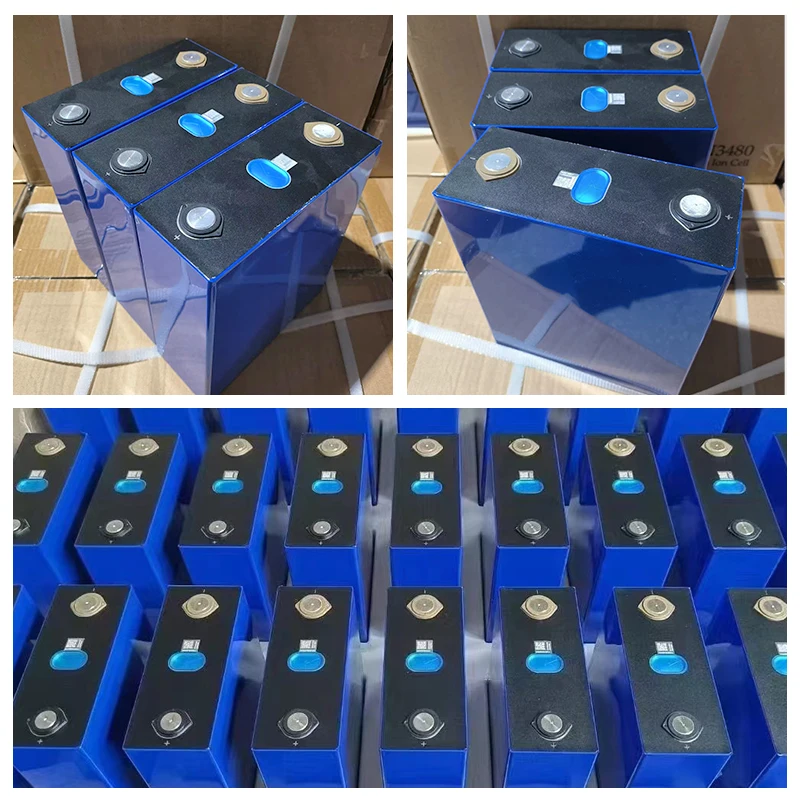Lithium Iron Phosphate (LiFePO4) batteries are renowned in the battery market for their robustness, safety, and long life span. These batteries are a popular choice across various applications including renewable energy systems, electric vehicles, and portable electronic devices due to their high efficiency and stability. However, like all technologies, LiFePO4 batteries can sometimes behave unexpectedly. One common issue users might encounter is the battery draining faster than anticipated. Understanding why this occurs requires a detailed look into the mechanics of LiFePO4 batteries, usage patterns, and potential external factors affecting their performance. In this blog, we’ll explore the reasons behind rapid drainage in LiFePO4 batteries and provide insights on how to diagnose and remedy such issues.
Understanding LiFePO4 Batteries
Before diving into the reasons for fast drainage, it’s essential to understand the basics of how LiFePO4 batteries work. LiFePO4 refers to the lithium iron phosphate used as the cathode material in these batteries. This type of battery is a subcategory of lithium-ion batteries but is distinguished by its use of iron phosphate, which contributes to its thermal stability and long cycle life.
Key Features of LiFePO4 Batteries:
- Safety and Stability: LiFePO4 batteries are less prone to thermal runaway and do not explode or catch fire easily.
- Long Life Span: These batteries can typically handle many more charge-discharge cycles before degrading.
- Environmental Resistance: LiFePO4 batteries perform well under a wide range of environmental conditions.
Despite these advantages, certain conditions and usage patterns can lead to unexpectedly fast battery drainage. Below, we explore some common causes and their solutions.
Reasons Why a LiFePO4 Battery May Drain Quickly
1. High Rate of Discharge
LiFePO4 batteries are built to handle high discharge rates. However, consistently demanding high power in a short period can lead to faster battery drain. This is often seen in electric vehicles or power tools where the battery output is subjected to high loads.
Solution: Check if the application’s power requirements align with the battery’s discharge capabilities. Reducing the load or using a battery with a higher specified rate for discharge may help.
2. Battery Age and Health
Although LiFePO4 batteries are known for their longevity, their capacity decreases gradually with age and usage. An old battery may drain faster simply because it cannot hold as much charge as it did when new.
Solution: Use a battery management system (BMS) to regularly check the health of the battery. If the battery is old or has cycled frequently, consider replacing it.
3. High or Low Temperature Exposure
Temperature extremes, both hot and cold, can affect battery performance significantly. LiFePO4 batteries have a lower risk of thermal issues compared to other types, but they still can suffer in extreme conditions.
Solution: Try to operate and store the battery in environments within recommended temperature ranges. Using insulation or temperature-controlled storage can mitigate extreme conditions.
4. Parasitic Loads
Some devices may continue to draw power from the battery even when turned off. This “parasitic load” can cause significant drainage over time, particularly in systems with numerous electronics, such as RVs or boats.
Solution: Identify and minimize any parasitic loads. Disconnecting the battery when not in use can prevent unexpected drainage.
5. Incorrect Charging Practices
Improper charging can affect the performance and lifespan of LiFePO4 batteries. Overcharging or undercharging can lead to decreased efficiency and faster depletion of battery power.
Solution: Always use a compatible charger and follow manufacturer guidelines for charging LiFePO4 batteries. Ensure the charger matches the battery’s voltage and chemistry requirements.
6. Internal Cell Imbalance
LiFePO4 batteries are made up of multiple cells, which need to be balanced to function optimally. An imbalance can occur if one or more cells deteriorate faster than others, leading to uneven discharge and reduced overall capacity.
Solution: Regularly balance the battery cells using a BMS. Balancing ensures all cells charge and discharge at equal rates, maximizing efficiency.
7. Faulty Battery or Manufacturing Defect
In some cases, a rapid drainage issue might be due to a manufacturing defect or damage that occurred during shipping or installation.
Solution: Perform a thorough check for any physical damage or defects. If the battery is under warranty, consider contacting the manufacturer for a replacement.
Diagnosing Fast Battery Drain
To effectively diagnose and address fast drainage, it’s important to:
- Monitor Usage Patterns: Keep track of how the battery is used and how quickly it discharges in different conditions.
- Use Diagnostic Tools: Employ tools such as a multimeter or a battery monitor to check the voltage and health of the battery regularly.
- Consult Professionals: When in doubt, it’s advisable to consult with a professional who can provide a more detailed analysis and advice based on specific situations.
Conclusion
While LiFePO4 batteries are generally reliable and efficient, they are not immune to issues like fast draining. By understanding the potential causes and maintaining proper usage and care practices, users can maximize the performance and lifespan of their LiFePO4 batteries. Regular maintenance, appropriate usage, and timely intervention when issues arise are key to ensuring your LiFePO4 battery remains a durable and dependable power source.

